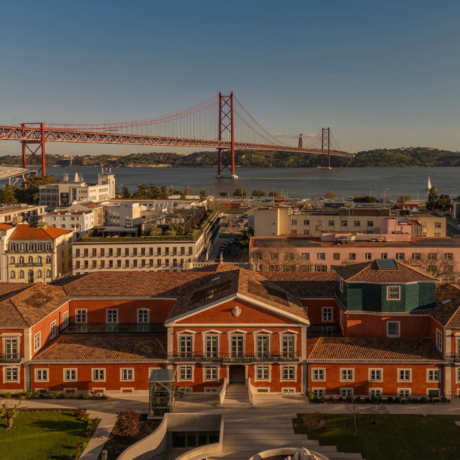New Haven- Andina Marie Osorio is a Nuyorican artist from The Bronx. Andina is also an MFA Photography Candidate at the Yale School of Art. Her photographs explore personal histories encapsulated within the domestic space, she is fascinated by the concept of “taking a portrait of a person, without a physical body being present.” In her photographs of interiors, Andina’s images are specific and telling, capturing the essence of the person who resides there. Through her work, she invites us to reflect on the invisibility and erasure of older women, the value of domestic labour, and the power of the domestic space.
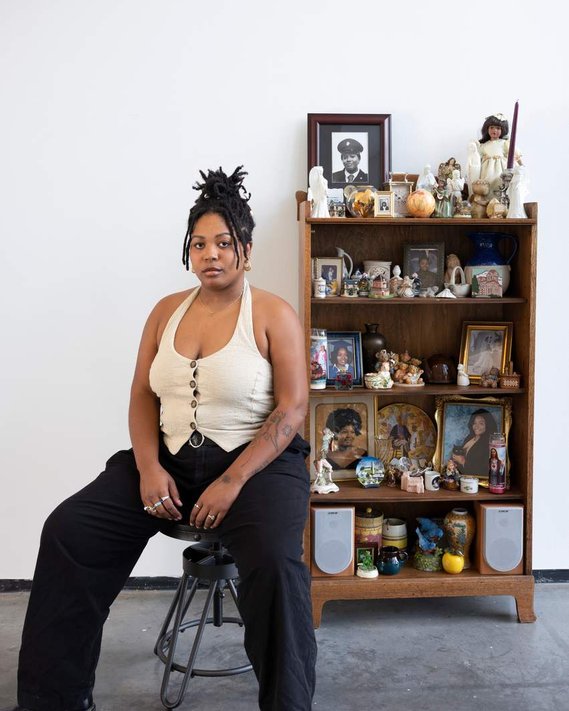
How did you discover photography as a medium?
My Dad had a camera. He wasn’t a photographer, but he liked the idea of having a camera. I was always snapping shots. I had no idea photography could be an artistic practice, let alone a job, until high school. I was trying to figure everything out for the first time back then. During this time, I was learning more and more about the technical aspects of photography. At the same time I was applying for college, although that being said, if it were up to me I probably wouldn’t have gone to college at the time. Anyway, there was a program at my school where you were given money to complete a senior thesis, and my thesis was all about my relationship with photography and the process of learning it. I owe a lot of my love and respect for photography to FIT (Fashion Institute of Technology), but I’m also very jaded about that aspect of my education. But I guess it helped me to foster my love for art and everything related to photography.
Are there any photographs from your past that have laid the foundation for the work you are creating now?
I have come back to this one print time and time again, All these White Angels around all these Black Babies. Over time I have realised that a lot of my work has to do with the idea of the archive, my own personal archive, and this was the first picture I took that made me begin to reflect on this. I took this photo in 2018 at my aunts’ house in Co-op City. It was initially supposed to be a portrait sitting of my aunt and grandmother. But I realised there was something significant about that photo. So I kept taking photos, including photos of interiors of homes run and domesticated by matriarchy and self-portraits, which were recreations of family archives collected from my family members.

Can you speak to the feedback you’ve received about your work, particularly around the idea of creating physical installations within your photography?
My work is primarily invested in the ideals of a matriarchy and domestic space and how that space is held by those matriarchs. I am also thinking about sexuality and gender roles and what it means to be x, y, and z. These are similar themes, but I couldn’t figure out how to bridge the gap between the two. During one of my critiques, I found out that some people thought I was creating these interiors in my photographs myself. Instead, the reality was that I was being invited into the space and photographing it. I thought that was a fascinating idea, and we discussed what it would mean to make my own shelf (like the one pictured) or what it would mean if I changed certain aspects of the pre-existing shelf. This is where I first began imagining how these shelves and images of interiors could take the form of physical space as an installation. And so that’s how A Collection of a Life began as an installation.
How do you choose your subjects?
All of my portraiture work is of my friends or elderly women in my life, whether it’s family members or other relationships. I have realised that I surround myself with matriarchy and the energy it entails all the time. So that is naturally what I gravitate towards in photography. Where interiors are concerned, it tends to be whoever is available to let me into their home! It’s typically my friends’ grandmothers or aunties. Whoever it is, there is always a story there, and I always find it interesting. I don’t approach these things in a traditional manner. I don’t even like referring to my images as Interior photography. They are pictorial collages. That’s the fancy way of saying it. I’m interested in how to take a portrait of someone without a physical body being present. If you look hard enough in a home, you can tell who resides there and what they are like. Through my work, I question the differences in the experiences I capture. What does it mean to be a wealthy but disabled woman in Scarsdale, New York? Or a Puerto Rican woman in New York whose family has lived in the Bronx for four generations. It’s an ongoing conversation that I am trying to have.
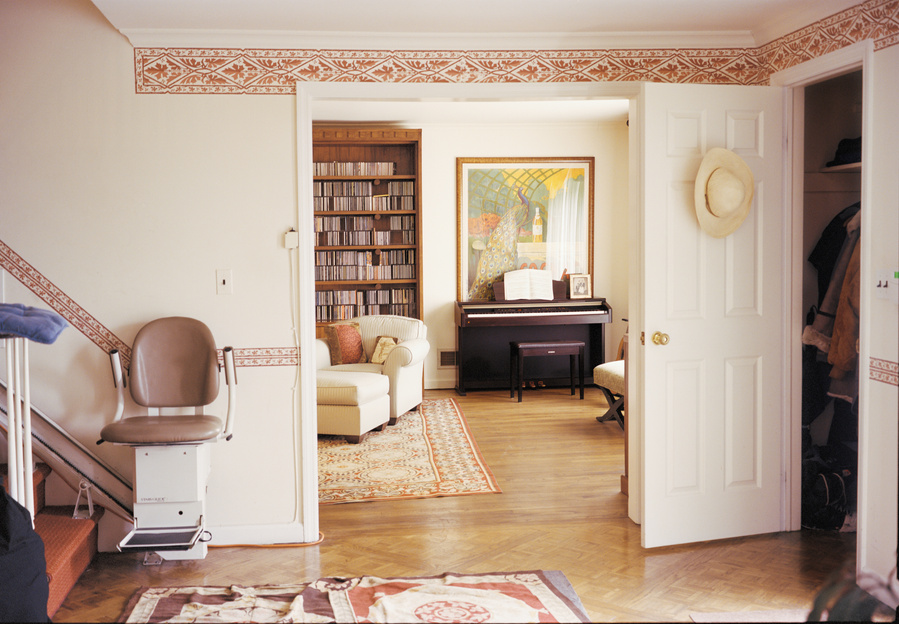
What have been some questions or critiques you’ve been asked about in your work?
Often, people will look at these spaces and then be like, ‘Well, how do I know this is a woman’s space? It doesn’t feel like a woman’s space.’ And I am always like, What is it supposed to look like? What, in your mind, do you think a woman’s space looks like, and why do you think that? Like, why does that have to be an overt thing? Would it make you feel better if I only photographed her shoes and dresses?
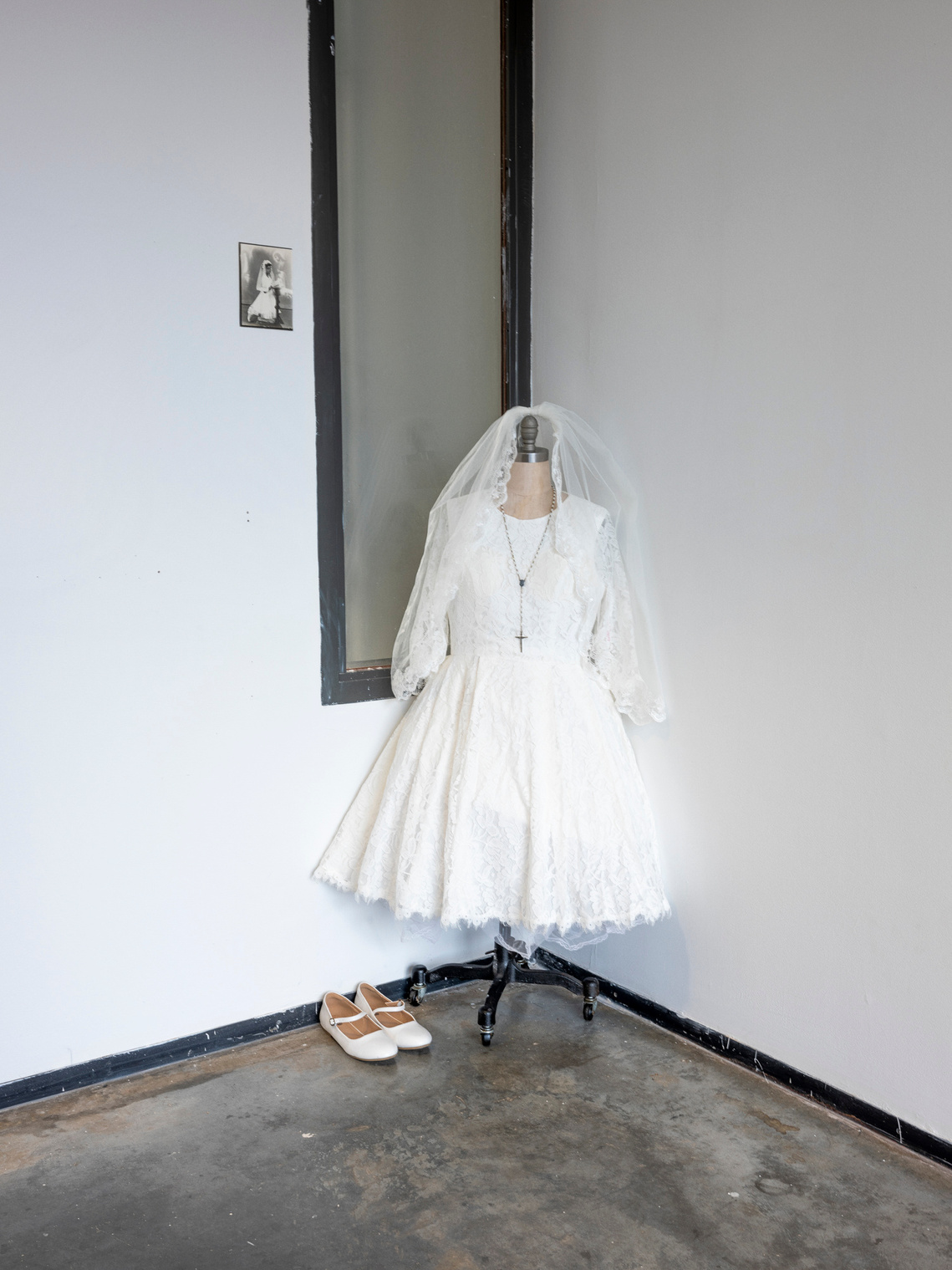
There are several things I hope that my work will convey to viewers. I’ll talk about what I want them to do, and then I’ll talk about what they’re actually doing because those are two different things. I want the work to address the invisibility and the erasure of older women. I want to talk about ideas around possession and property, displacement and migration, and how all of that is encapsulated inside the domestic space and the home. And how collected ephemera and materials and chachkis are sometimes considered a burden, but they nearly always translate into a bigger story about class and race. And finally, I want to show that domestic labour is real labour. I want to frame it as being as valuable as any other kind of work. And as for what they are actually doing? I think they are making people nostalgic, which is interesting because that was never my intention. My photographs of interiors are usually pretty specific and telling; you can tell if a person of colour has lived in the space. Yet nearly everyone who encounters the work has remarked to me that it “felt like home.” That’s really exciting for me. I think the work is activating ancestral energies and spirits in me and everyone who witnesses the work. And I’m cool with that for right now.
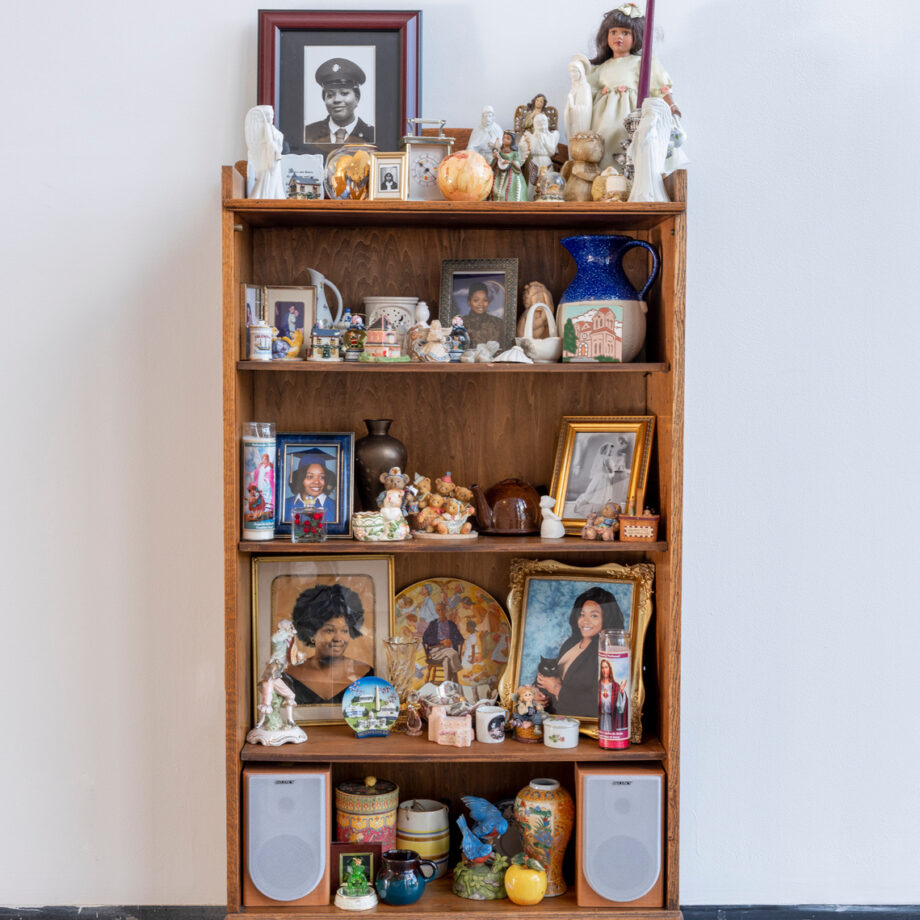
Words by Moshopefoluwa Olagunju

